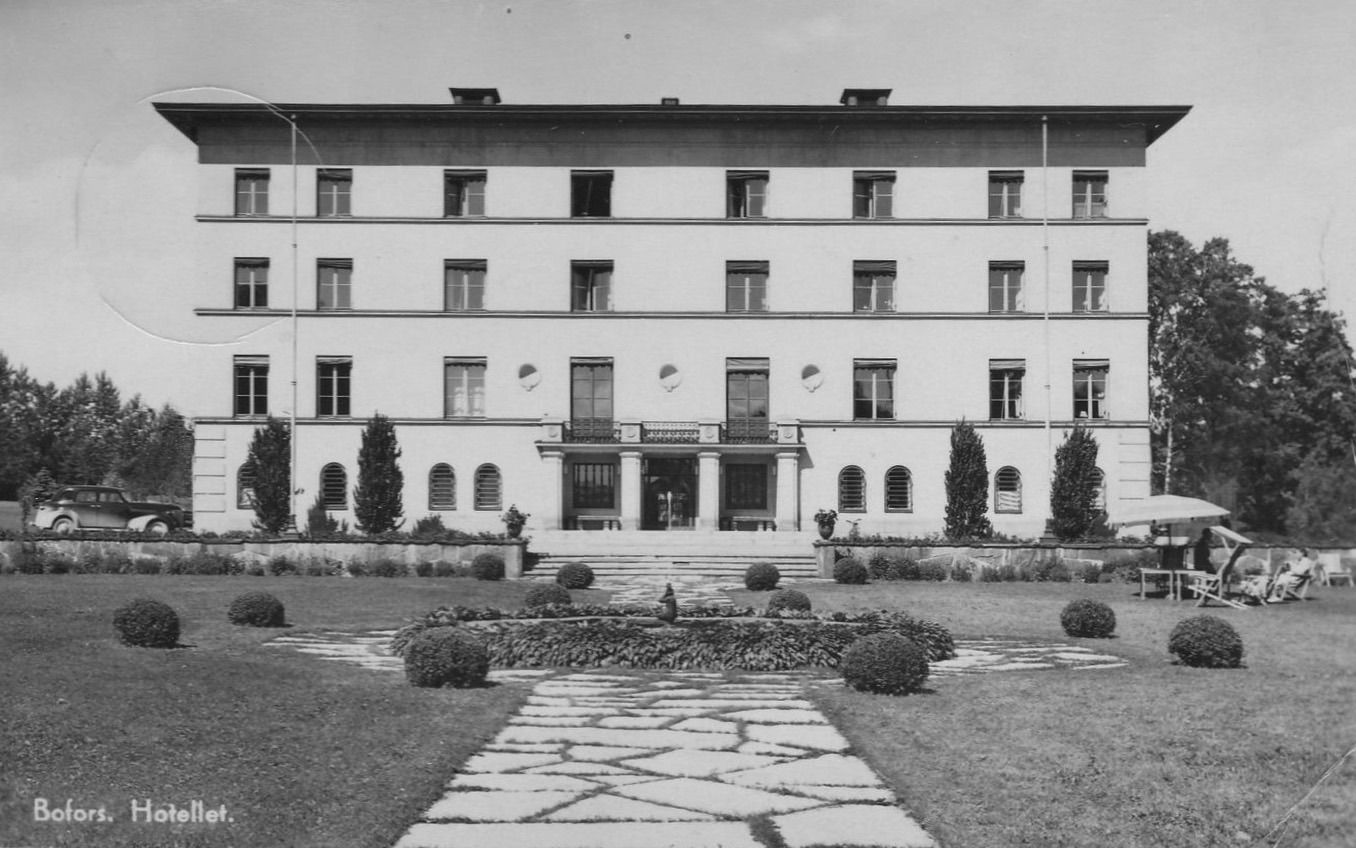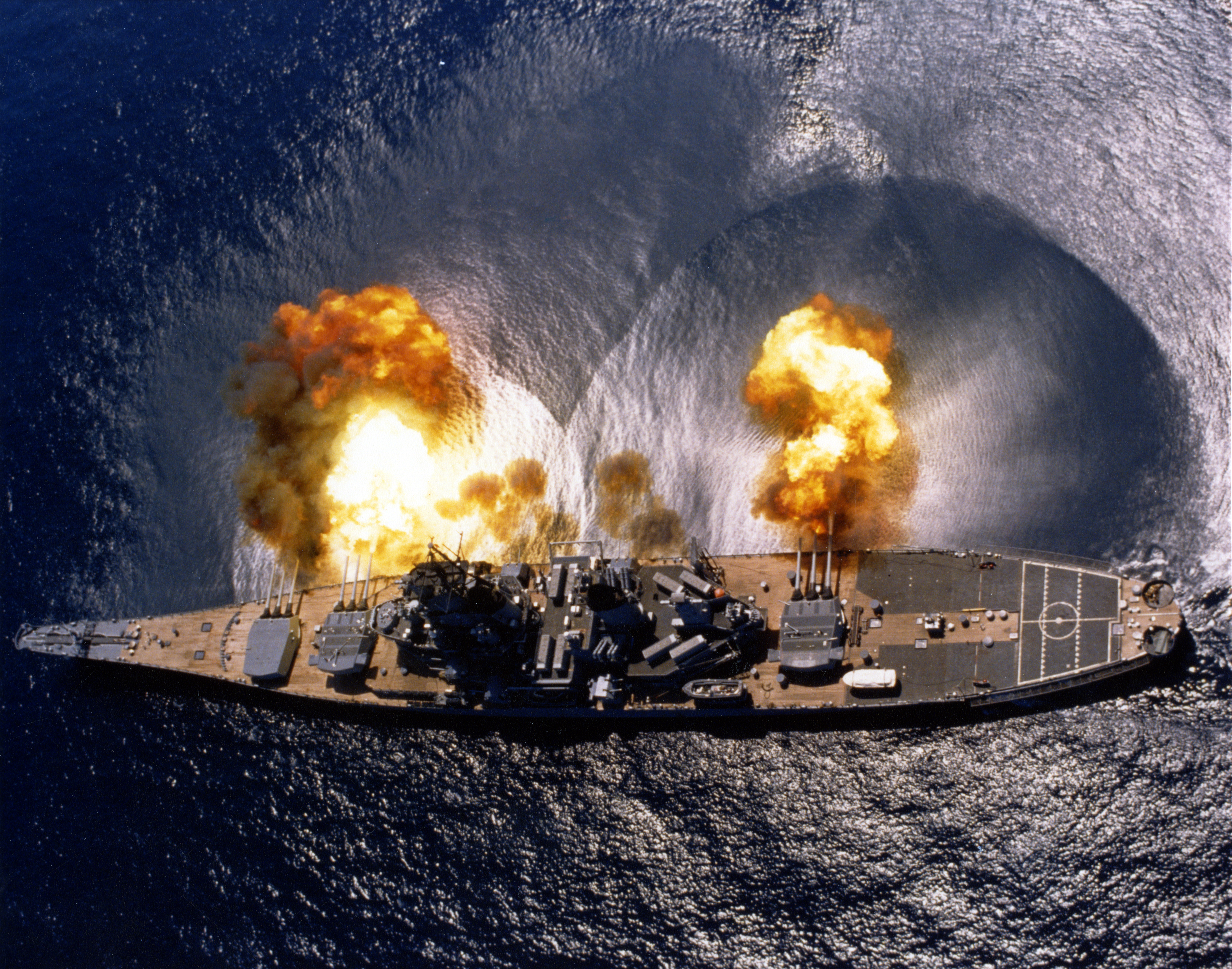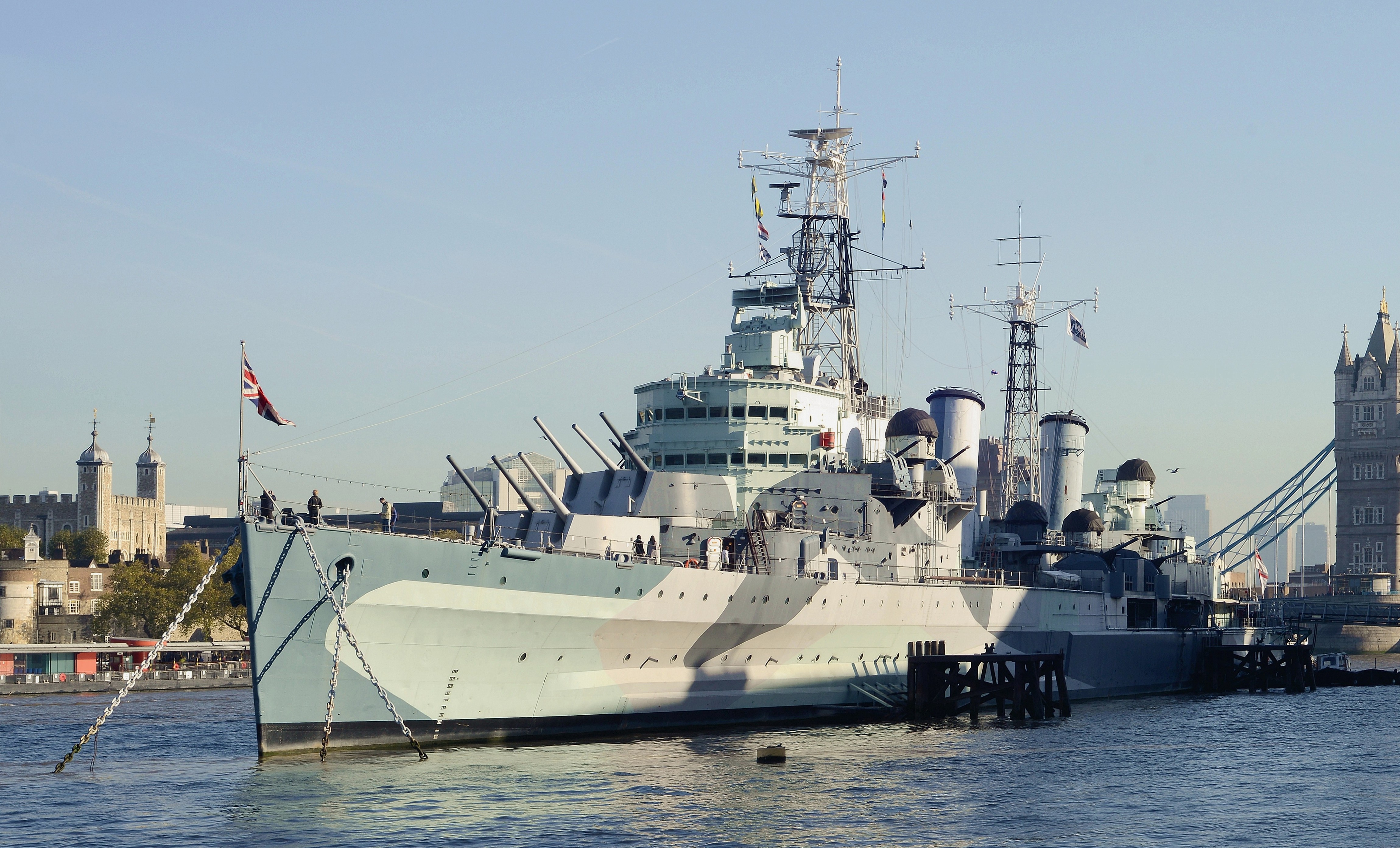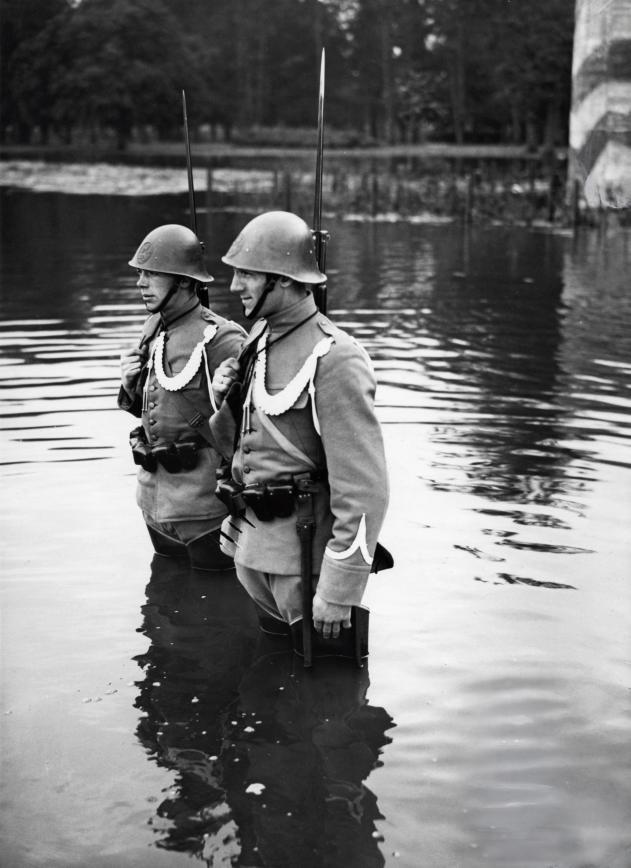|
Bofors 152 Mm Gun
The Bofors 152 mm kanon m/42 is a naval gun Naval artillery is artillery mounted on a warship, originally used only for naval warfare and then subsequently used for more specialized roles in surface warfare such as naval gunfire support (NGFS) and anti-aircraft warfare (AAW) engagements. T ... for use on ships. It was initially used aboard light cruisers and cruisers including the Swedish and the Dutch , after World War II. The last active ship to use the gun was the Peruvian Navy cruiser and was the largest naval gun still in active service prior to the commissioning of in October 2016, which is armed with the Advanced Gun System, 155 mm Advanced Gun System. The 152 mm gun was first designed in 1939 by Bofors for the Royal Netherlands Navy, ''Koninklijke Marine'' cruiser ''Kijkduin'', eventually named . After the Battle of the Netherlands, German invasion of the Netherlands in 1940 these artillery pieces were confiscated by the Swedish Government and placed o ... [...More Info...] [...Related Items...] OR: [Wikipedia] [Google] [Baidu] |
Bofors
AB Bofors ( , , ) is a former Swedish arms manufacturer which today is part of the British arms manufacturer BAE Systems. The name has been associated with the iron industry and artillery manufacturing for more than 350 years. History Located in Karlskoga neighborhood of Bofors, Sweden, the company originates from the hammer mill "Boofors", which was founded as a royal state-owned company in 1646 when P. L. Hosman was permitted to erect a forge at the site.' Sigrid Ekehielm, also known as Boås-Beata, who lived from the 1640s to 1700, at one point owned it."Sigrid Ekehielm", https://skbl.se/en/article/SigridEkehielm, Svenskt kvinnobiografiskt lexikon (SKBL) iographical Dictionary of Swedish Women(article by Sofia Danielsson, translated by Alexia Grosjean), retrieved 2023-09-3. The Bofors Works was acquired by Johan Eberhard Geijer (1733–1796) in 1762. It was then acquired by the latter's brother, Emanuel af Geijerstam. The modern corporate structure was created in 18 ... [...More Info...] [...Related Items...] OR: [Wikipedia] [Google] [Baidu] |
Naval Artillery
Naval artillery is artillery mounted on a warship, originally used only for naval warfare and then subsequently used for more specialized roles in surface warfare such as naval gunfire support (NGFS) and anti-aircraft warfare (AAW) engagements. The term generally refers to powder-launched projectile-firing weapons and excludes self-propelled projectiles such as torpedoes, rockets, and missiles and those simply dropped overboard such as depth charges and naval mines. Origins The idea of ship-borne artillery dates back to the classical era. Julius Caesar wrote about the Roman navy's usage of ship-borne catapults against Celtic Britons ashore in his ''Commentarii de Bello Gallico''. The dromons of the Byzantine Empire carried catapults and Greek fire. From the Middle Ages onwards, warships began to carry cannons of various calibres. In the Battle of Tangdao in 1161, the Southern Song general Li Bao used huopao (a type of gunpowder weapons, possibly cannons) and fire arro ... [...More Info...] [...Related Items...] OR: [Wikipedia] [Google] [Baidu] |
Light Cruiser
A light cruiser is a type of small or medium-sized warship. The term is a shortening of the phrase "light armored cruiser", describing a small ship that carried armor in the same way as an armored cruiser: a protective belt and deck. Prior to this smaller cruisers had been of the protected cruiser model, possessing armored decks only. While lighter and smaller than other contemporary ships they were still true cruisers, retaining the extended radius of action and self-sufficiency to act independently around the world. Cruisers mounting larger guns and heavier armor relative to most light cruisers would come to be known as heavy cruisers, though the designation of 'light' versus 'heavy' cruisers would vary somewhat between navies. Through their history light cruisers served in a variety of roles, primarily on long-range detached patrol work, covering other military operations or global shipping lanes, as scouts and fleet support vessels for battle fleets, as destroyer command ship ... [...More Info...] [...Related Items...] OR: [Wikipedia] [Google] [Baidu] |
Cruiser
A cruiser is a type of warship. Modern cruisers are generally the largest ships in a fleet after aircraft carriers and amphibious assault ships, and can usually perform several operational roles from search-and-destroy to ocean escort to sea denial. The term "cruiser", which has been in use for several hundred years, has changed its meaning over time. During the Age of Sail, the term ''cruising'' referred to certain kinds of missions—independent scouting, commerce protection, or raiding—usually fulfilled by frigates or sloop-of-war, sloops-of-war, which functioned as the ''cruising warships'' of a fleet. In the middle of the 19th century, ''cruiser'' came to be a classification of the ships intended for cruising distant waters, for commerce raiding, and for scouting for the battle fleet. Cruisers came in a wide variety of sizes, from the medium-sized protected cruiser to large armored cruisers that were nearly as big (although not as powerful or as well-armored) as a pre- ... [...More Info...] [...Related Items...] OR: [Wikipedia] [Google] [Baidu] |
World War II
World War II or the Second World War (1 September 1939 – 2 September 1945) was a World war, global conflict between two coalitions: the Allies of World War II, Allies and the Axis powers. World War II by country, Nearly all of the world's countries participated, with many nations mobilising all resources in pursuit of total war. Tanks in World War II, Tanks and Air warfare of World War II, aircraft played major roles, enabling the strategic bombing of cities and delivery of the Atomic bombings of Hiroshima and Nagasaki, first and only nuclear weapons ever used in war. World War II is the List of wars by death toll, deadliest conflict in history, causing World War II casualties, the death of 70 to 85 million people, more than half of whom were civilians. Millions died in genocides, including the Holocaust, and by massacres, starvation, and disease. After the Allied victory, Allied-occupied Germany, Germany, Allied-occupied Austria, Austria, Occupation of Japan, Japan, a ... [...More Info...] [...Related Items...] OR: [Wikipedia] [Google] [Baidu] |
Peruvian Navy
The Peruvian Navy (, abbreviated MGP) is the branch of the Peruvian Military of Peru, Armed Forces tasked with surveillance, patrol and defense on lakes, rivers and the Pacific Ocean up to from the Peruvian littoral. Additional missions include assistance in safeguarding internal security, conducting emergency management, disaster relief operations and participating in international peacekeeping operations. The ''Marina de Guerra del Perú'' celebrates the anniversary of its creation in 1821 on October 8 and also commemorates the decisive Battle of Angamos, the final part of the naval campaign of the War of the Pacific between Peru and Chile at the end of 1879. History 19th century The ''Marina de Guerra del Perú'' was established on 8 October 1821 by the government of general José de San Martín. Its first actions were undertaken during the History of Peru#Wars of independence (1811–1824), War of Independence (1821–1824) using captured Spanish warships. The Peruvian Nav ... [...More Info...] [...Related Items...] OR: [Wikipedia] [Google] [Baidu] |
Advanced Gun System
The Advanced Gun System (AGS) is a naval artillery system developed and produced by BAE Systems Armaments & Services for the ''Zumwalt''-class destroyer of the United States Navy. Designated the 155 mm/62 (6.1-inch) Mark 51 Advanced Gun System (AGS),155 mm/62 (6.1") Mark 51 Advanced Gun System (AGS) NavWeaps.com, 26 February 2017 it was designed to provide long-range naval gunfire support against shore-based targets. A total of six of the systems were installed, two on each of the three ''Zumwalt''-class ships. The Navy has no plans for additional ''Zumwalt''-class ships, and no plans to deploy AGS on any other ship. AGS can only use ammunition designed specifically for the ... [...More Info...] [...Related Items...] OR: [Wikipedia] [Google] [Baidu] |
Royal Netherlands Navy
The Royal Netherlands Navy (, ) is the Navy, maritime service branch of the Netherlands Armed Forces. It traces its history to 8 January 1488, making it the List of navies, third-oldest navy in the world. During the 17th and early 18th centuries, the Dutch States Navy was one of the most powerful navies in the world and played an active role in the Anglo-Dutch Wars, Franco-Dutch War, Nine Years' War and War of the Spanish Succession. However, by the late 18th century it had declined through neglect and was no longer a match for either the Royal Navy, British or French Navy, French navies. The Batavian Navy and navy of the Kingdom of Holland played an active role in the French Revolutionary and Napoleonic Wars, though both were repeatedly yoked to French interests. Officially formed in 1813 after the Sovereign Principality of the United Netherlands was established, the Royal Netherlands Navy played an important role in protecting the Dutch East Indies, and would play a minor role ... [...More Info...] [...Related Items...] OR: [Wikipedia] [Google] [Baidu] |
Battle Of The Netherlands
The German invasion of the Netherlands (), otherwise known as the Battle of the Netherlands (), was a military campaign, part of Battle of France, Case Yellow (), the Nazi German invasion of the Low Countries (Belgium, Luxembourg, and the Netherlands) and French Third Republic, France during World War II. The battle lasted from 10 May 1940 until the surrender of the main Dutch forces on 14 May. Dutch troops in the province of Zeeland, Zealand continued to resist the Wehrmacht until 17 May, when Germany completed its occupation of the whole country. The invasion of the Netherlands saw some of the earliest mass paratroop drops, to occupy tactical points and assist the advance of ground troops. The German Luftwaffe used paratroopers in the capture of several airfields in the vicinity of Rotterdam and The Hague, helping to quickly overrun the country and immobilise Dutch forces. After the devastating German bombing of Rotterdam, Nazi bombing of Rotterdam by the Luftwaffe on 14 May ... [...More Info...] [...Related Items...] OR: [Wikipedia] [Google] [Baidu] |
Bofors Naval Guns
AB Bofors ( , , ) is a former Swedish arms manufacturer which today is part of the British arms manufacturer BAE Systems. The name has been associated with the iron industry and artillery manufacturing for more than 350 years. History Located in Karlskoga neighborhood of Bofors, Sweden, the company originates from the hammer mill "Boofors", which was founded as a royal state-owned company in 1646 when P. L. Hosman was permitted to erect a forge at the site.' Sigrid Ekehielm, also known as Boås-Beata, who lived from the 1640s to 1700, at one point owned it."Sigrid Ekehielm", https://skbl.se/en/article/SigridEkehielm, Svenskt kvinnobiografiskt lexikon (SKBL) iographical Dictionary of Swedish Women(article by Sofia Danielsson, translated by Alexia Grosjean), retrieved 2023-09-3. The Bofors Works was acquired by Johan Eberhard Geijer (1733–1796) in 1762. It was then acquired by the latter's brother, Emanuel af Geijerstam. The modern corporate structure was created in 1873 wi ... [...More Info...] [...Related Items...] OR: [Wikipedia] [Google] [Baidu] |
Naval Guns Of The Netherlands
A navy, naval force, military maritime fleet, war navy, or maritime force is the branch of a nation's armed forces principally designated for naval and amphibious warfare; namely, lake-borne, riverine, littoral, or ocean-borne combat operations and related functions. It includes anything conducted by surface ships, amphibious ships, submarines, and seaborne aviation, as well as ancillary support, communications, training, and other fields. The strategic offensive role of a navy is projection of force into areas beyond a country's shores (for example, to protect sea-lanes, deter or confront piracy, ferry troops, or attack other navies, ports, or shore installations). The strategic defensive purpose of a navy is to frustrate seaborne projection-of-force by enemies. The strategic task of a navy also may incorporate nuclear deterrence by use of submarine-launched ballistic missiles. Naval operations can be broadly divided between riverine and littoral applications (brown-water navy ... [...More Info...] [...Related Items...] OR: [Wikipedia] [Google] [Baidu] |






